Travel is one of life’s purest joys — from exploring new cultures to savoring unique cuisines, every moment abroad offers a fresh discovery. However, for millions of travelers, managing food allergies adds an extra layer of complexity. Unfamiliar menus, hidden ingredients, and language barriers can quickly turn excitement into anxiety. But here’s the good news: with thoughtful planning and the right strategies, travel with food allergies becomes not just possible but empowering — and even mouthwatering!
Imagine strolling through the streets of Tokyo knowing which noodle shops understand nut allergies, or sipping a cappuccino in Rome without worrying about hidden dairy. Whether you’re managing gluten, peanuts, shellfish, or other allergens, today’s traveler has access to tools, communities, and resources that make smart, safe, and joyful exploration achievable. Let’s walk through how you can embrace your next adventure with confidence.
Smart Planning Before You Go
Every great trip begins with thoughtful preparation, and when you travel with food allergies, this step is non-negotiable. Start by researching the local cuisine — understand which allergens are common in the region and what dishes are typically safe. Apps like Find Me Gluten Free, AllergyEats, and Spokin can help you pinpoint allergy-friendly restaurants ahead of time, while sites like SelectWisely offer printable allergy translation cards that explain your condition in the local language.
Moreover, connecting with your doctor before departure is crucial. Ask for extra epinephrine auto-injectors, a written allergy action plan, and a travel letter for airport security. While you’re at it, confirm your travel insurance covers allergy-related emergencies, especially for international trips. Being overprepared is far better than being caught off guard.
In addition, think carefully about where you’ll stay. Booking accommodations with kitchens — like Airbnbs, VRBOs, or extended-stay hotels — gives you full control over your meals. Not only does this reduce the stress of dining out, but it also allows you to explore local markets, cook fresh ingredients, and enjoy a slice of home even when you’re halfway across the world.
Packing Smart And Staying Flexible
Even with the best research, there will be moments when local options fall short. That’s why packing an allergy-safe snack stash is one of the smartest moves you can make. Bring individually sealed snacks, instant meals like oatmeal or noodles, gluten-free wraps, and travel-sized condiments. Always carry these essentials in your personal bag — after all, no one wants to face a delayed flight or lost luggage on an empty stomach.
Furthermore, a well-stocked travel medical kit is a must. Equip yourself with at least two epinephrine auto-injectors, antihistamines, an allergy alert bracelet, a doctor’s letter, and a compact first-aid kit. Keep everything easy to access, not buried deep in a suitcase. Whether you’re exploring a busy city or trekking through remote countryside, having your kit on hand ensures peace of mind.

Navigating Airports, Flights, And Local Meals
Flying with allergies can be nerve-wracking, but preparation makes all the difference. Notify your airline in advance about your allergy, bring your own meals, and board early to wipe down your seating area. Some airlines even offer peanut-free zones if requested ahead of time. And remember — aisle seats can increase the risk of cross-contact from food carts, so consider a window seat for extra protection.
Once you’ve landed, dining out confidently requires a balance of assertiveness and caution. Visit restaurants during off-peak hours when staff have more time to discuss your needs. Politely ask to speak with someone who understands allergies, choose simpler dishes with fewer ingredients, and always confirm allergen information when your plate arrives. If a restaurant seems unsure or dismissive, trust your gut — it’s better to walk away than risk your health.

Moreover, using technology can make your journey smoother. Apps like Google Translate help you scan menus or food labels, while tools like Spokin connect you with allergy-aware restaurants and communities worldwide. It’s easier than ever to locate safe dining options and avoid risky surprises.
Building Confidence And Embracing Adventure
One of the most empowering parts of travel with food allergies is discovering that you can still savor local flavors — safely. Many global cuisines naturally offer allergy-friendly dishes. For instance, Japan’s grilled fish and plain rice bowls, Italy’s risottos and fresh seafood, India’s rice-based dals, and Greece’s olive-oil-based roasted vegetables are often customizable to meet your needs. With clear communication and a little creativity, you’ll find plenty to enjoy without feeling left out.
If you’re traveling with companions, make sure they’re briefed on your allergy action plan. Show them how to use an epinephrine injector, explain where you keep your medical kit, and discuss how they can help in an emergency. Having an informed travel crew gives you an extra layer of security — and allows everyone to relax and enjoy the journey.
At the end of the day, travel with food allergies is about embracing smart preparation and joyful exploration. With the right mindset, tools, and strategies, you can create unforgettable memories and savor safe, delicious adventures anywhere on the planet.
Have you had memorable travel experiences with food allergies? Share your favorite tips or destinations in the comments below! And be sure to follow us on social media for more empowering travel guides, insider advice, and allergy-friendly inspiration from around the world.
Catch up on the top stories and travel deals by subscribing to our newsletter!

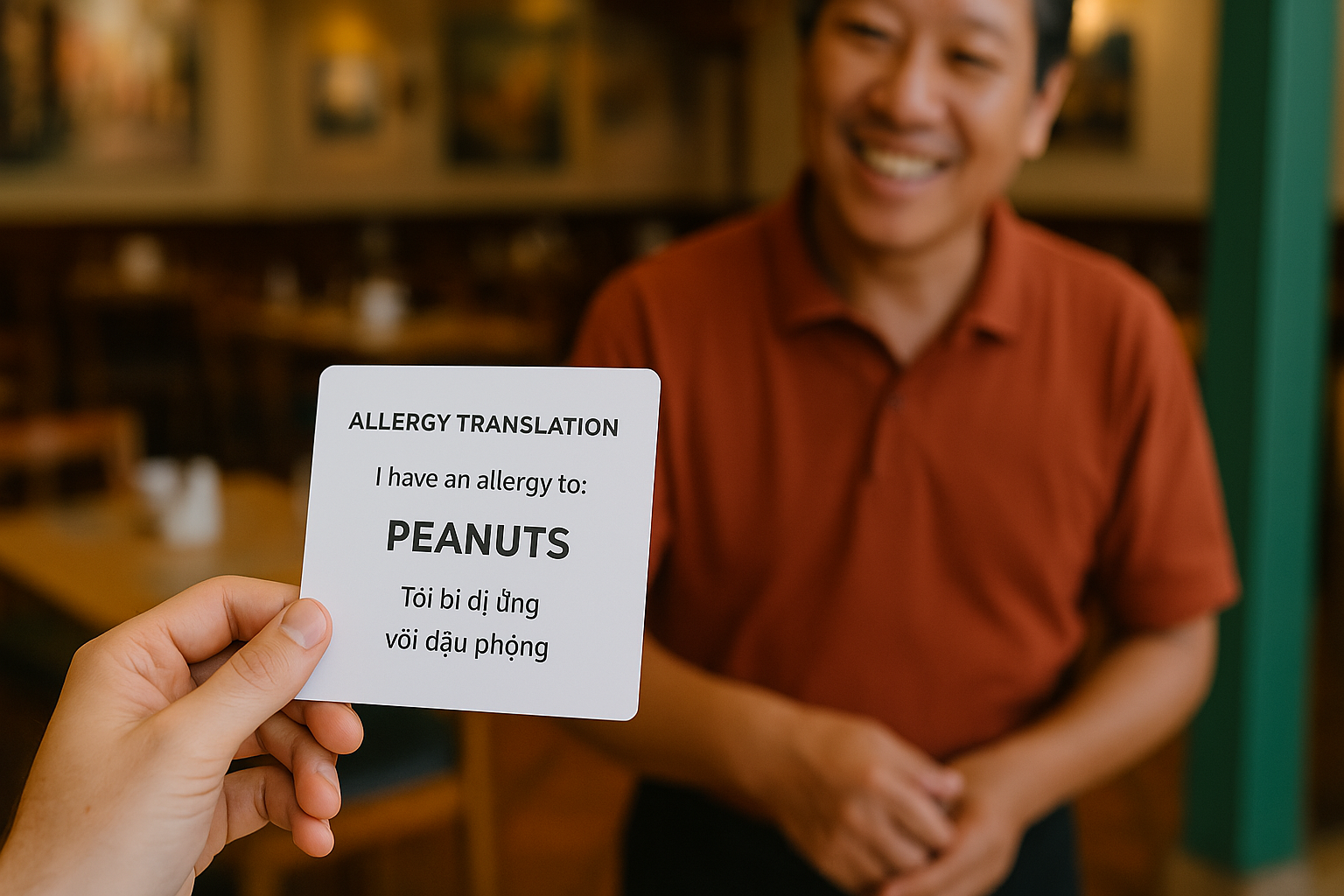

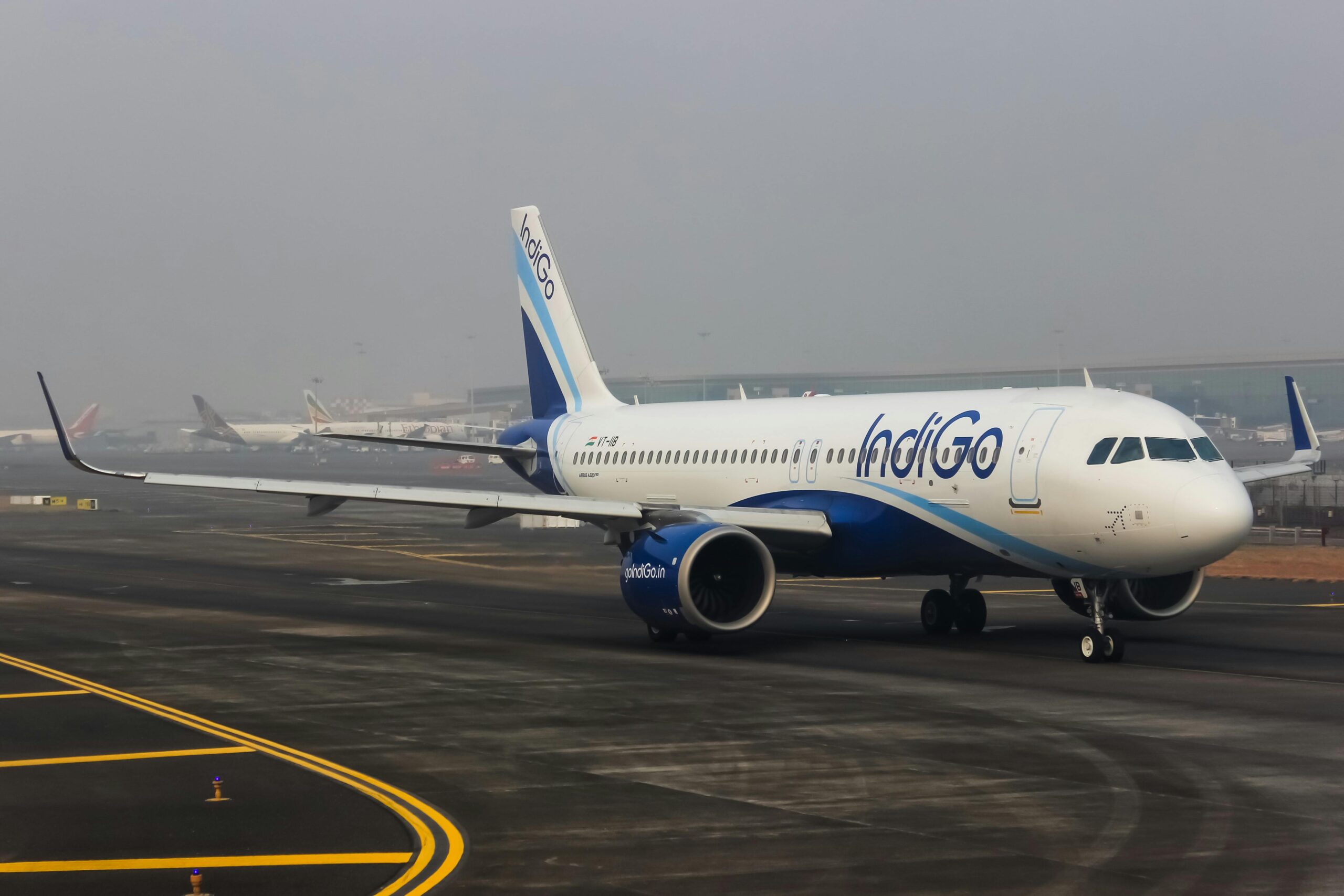
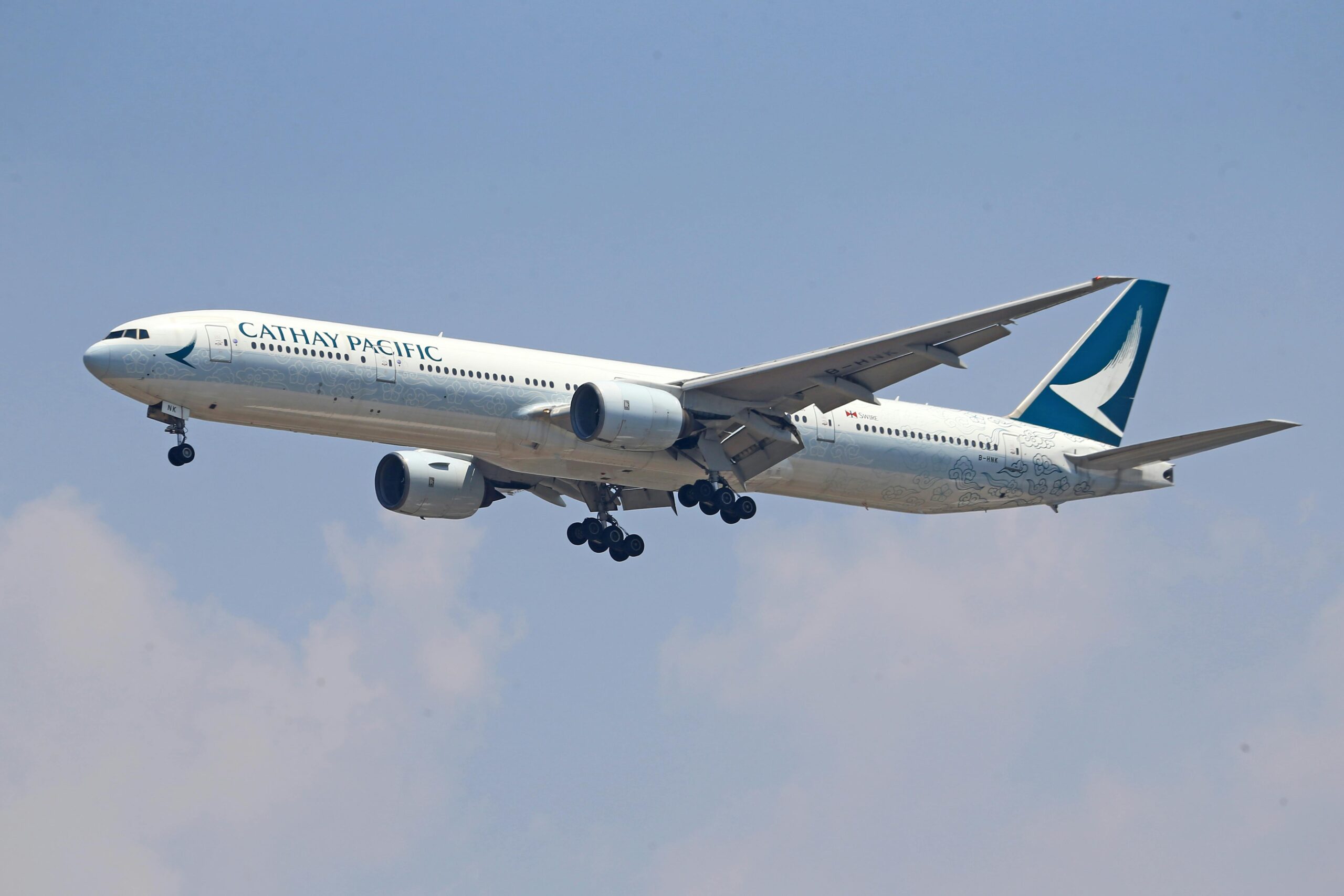

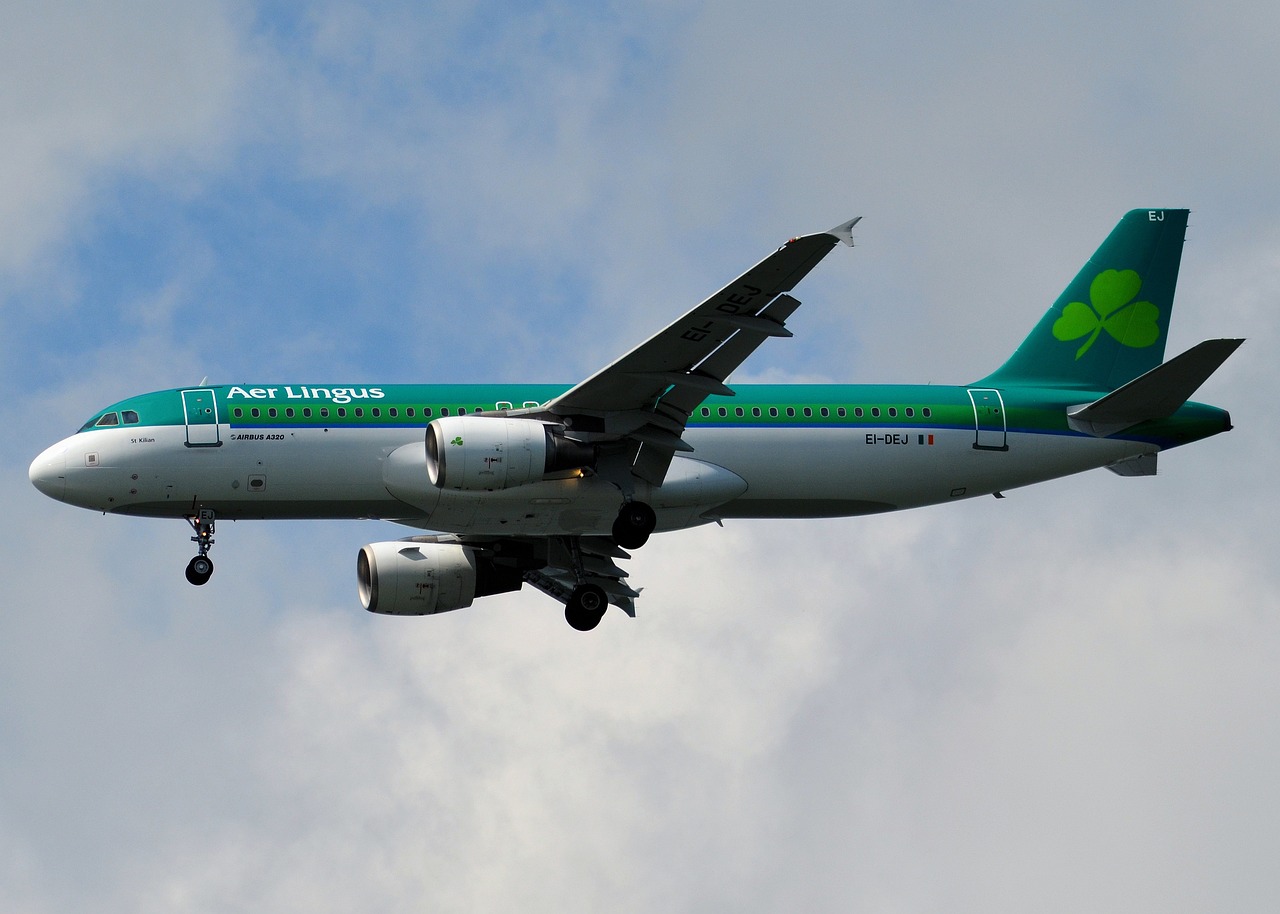
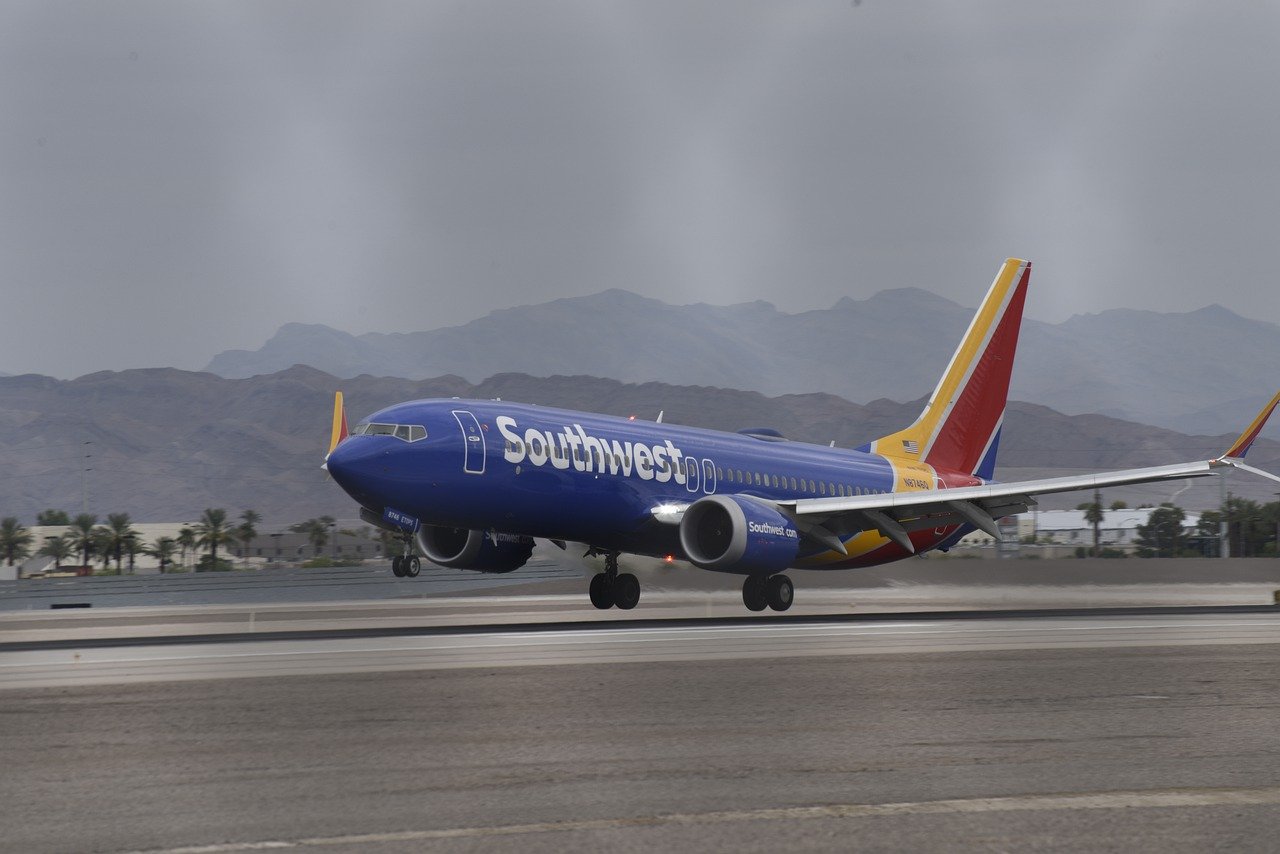

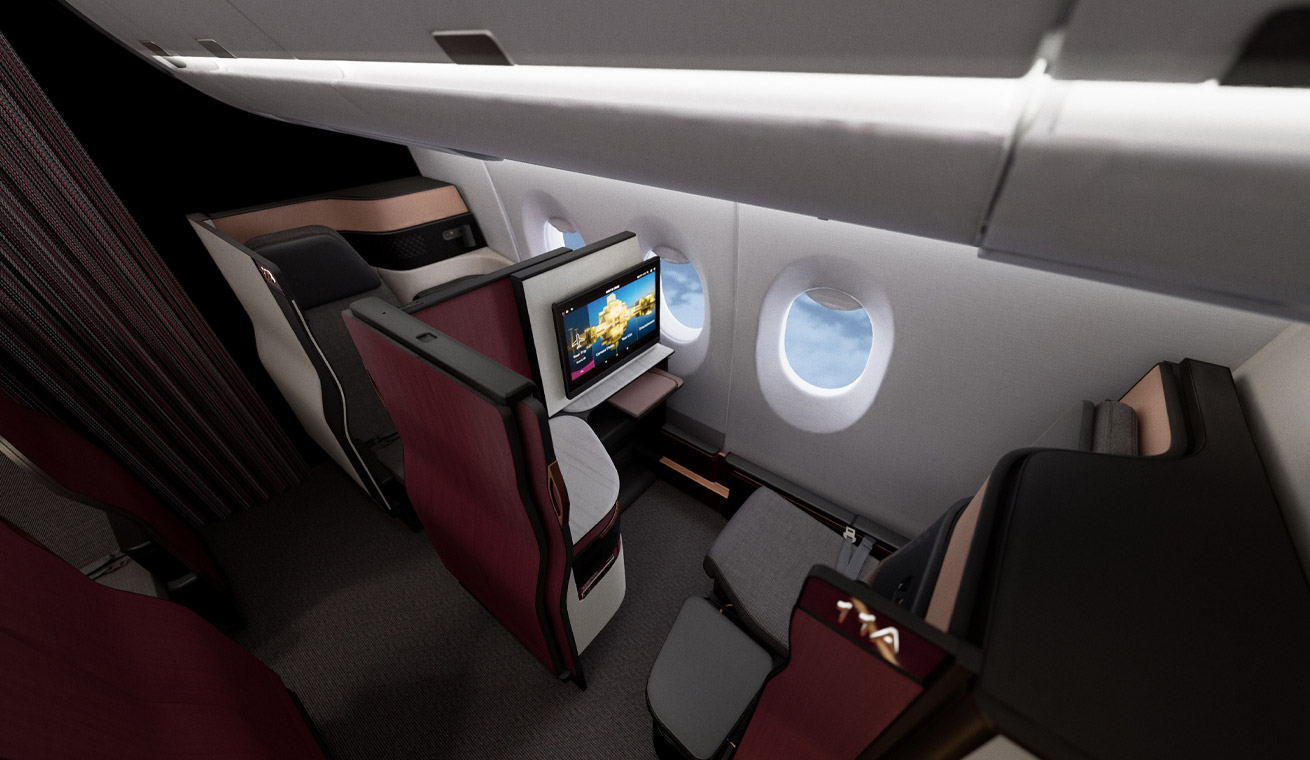


Leave a Reply